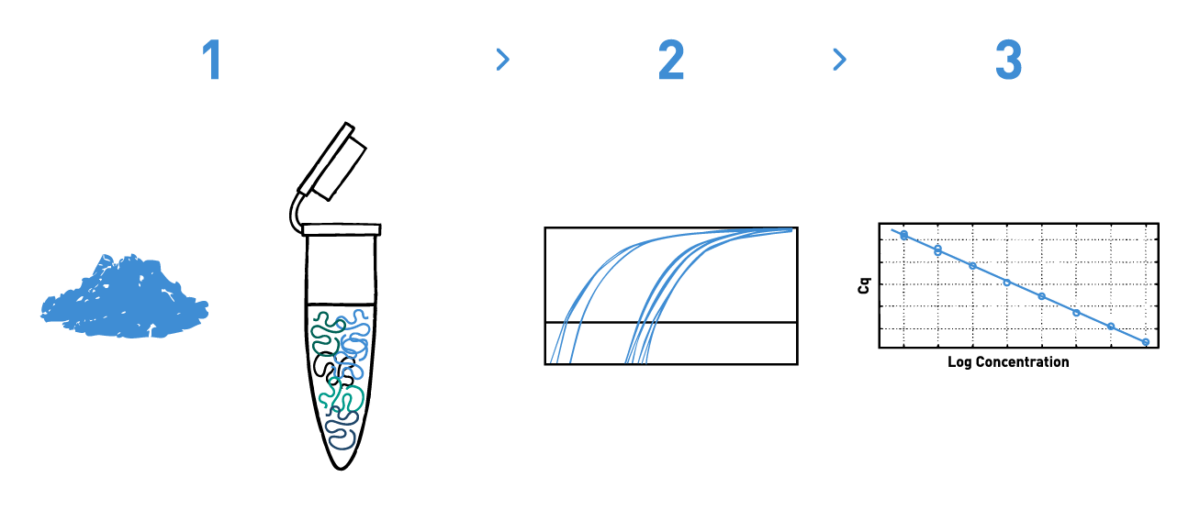Experts in screening microorganisms in grapevines and soil by qPCR
Screening service for grapevine and soil microorganisms
There are a number of pathogenic bacteria and fungi that affect the health of your grapevines. These include, among others:
- Plasmopara viticola and Uncinula necator, responsible for downy and powdery mildew, respectively.
- Xylella fastidiosa, which causes Pierce’s disease.
- Phaeomoniella chlamydospora and Phaeoacremonium spp., which can cause grapevine trunk diseases such as esca or Petri’s disease.
Screening for pathogens in your vineyard before the symptoms of disease are visible would allow you to take the proper phytosanitary measures and reduce the risk of disease spreading. You can also apply this technique to detect microorganisms of interest in your cellar.
Our screening service for grapevine and soil microorganisms uses custom-tailored quantitative PCR (qPCR) assays to reliably identify DNA from a particular fungal or bacterial strain in your samples. This culture-free assay allows not only to detect a given strain with high specificity, but also to quantify the number of detected target sequences.
Please note that the abundance of target DNA sequences estimated by qPCR may not correlate with the number of microorganisms under certain experimental designs (e.g. when the target is located within a plasmid which can be in variable copy number in the cell). The technique does not distinguish between living and dead cells.

Step 1
We isolate DNA from your soil or plant samples. We have adapted different DNA isolation protocols, depending on the starting biological material.
Step 2
We perform qPCR to amplify and quantify target DNA sequences using in-house developed primers pairs and fluorescent probes specific for the strain of interest. A pilot qPCR experiment is carried out beforehand in order to check the specificity and efficiency of the assay to set up the qPCR conditions.
Step 3
We analyse the results of qPCR to confirm the presence/absence of the microbial strain under study and, if present, the abundance of the target sequence in each of the samples analysed.
What you receive
- A table with the estimated abundance of selected target sequences.
- A report of assay performance characteristics (melting curve analysis, PCR amplification efficiency, linear dynamic range, LOD, and Cq values of non-template negative controls).
What we need
Your samples which have been appropriately preserved (ethanol, silica gel, frozen, or another suitable preservation method). If required, we provide sampling kits and sampling collection guidelines to ensure that your samples arrive at our lab in optimal conditions.